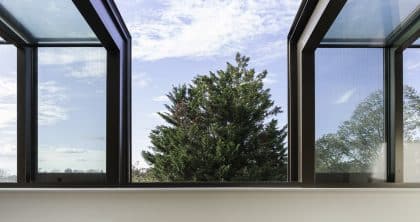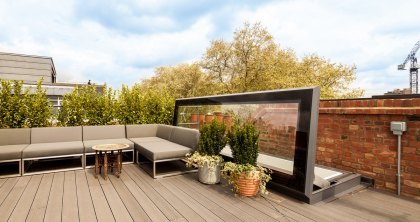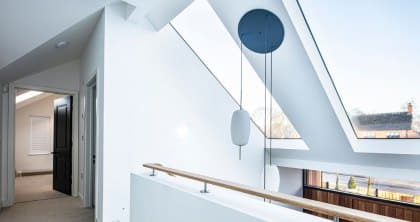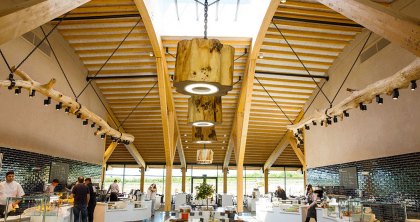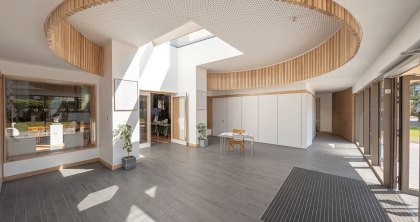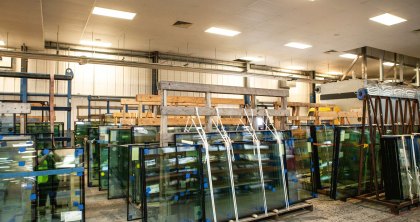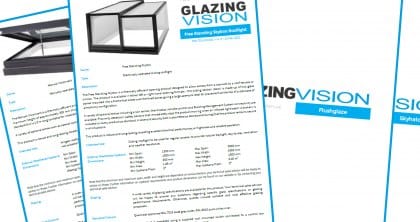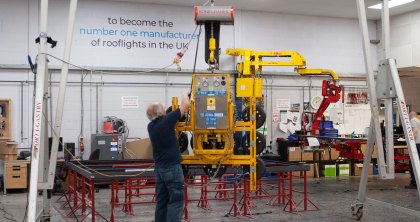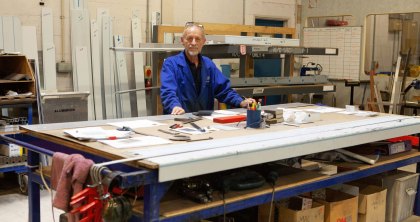- Home
- Rooflights
- Roof Windows
- Bespoke Service
- Inspiration
- Resources
- Guide to Extensions
- Approved Document L Whitepaper
- Guide to Specifying Glass in Rooflights
- Specifying Roof Terraces Guide
- Rooflights and Roof Windows Guide
- Inspirational Kitchen Design Ideas
- Thermal Performance Whitepaper
- Approved Document Q Whitepaper
- Approved Document K Whitepaper
- Guide to Improved Daylight & Ventilation
- Approved Document F Whitepaper
- Approved Document O Whitepaper
- Case Studies
- Blog
- ESG
- About us
- Contact us
LPS 2081 Issue 1:2015 is one of the standards to which windows and other building components must be designed and tested, in order to satisfy the requirements of Building Regulations Part Q.
LPS 2081 specifically addresses the ability of building products to resist casual intruders who attempt ‘stealth’ attacks to gain entry. These types of opportunist attacks are often carried out in residential areas.
Stealth attacks are used in situations where the burglar wants to avoid making significant noise, as well as keep from being seen. With this in mind, the test protocols in LPS 2081 will subject building products to attack with bodily force and with tools that can be easily hidden on the body.
This means that LPS 2081 is more suitable for testing rooflights that are typically found in domestic and residential applications. In these areas, a criminal will typically make more effort to avoid drawing attention to themselves.
The tools used in these situations are split into two categories for the test, which relate to the two security ratings that can be achieved.
Security rating A
Security rating A is required to meet Building Regulations Part Q. Here, the product is subjected to attack for a maximum of 1 minute, using tool category ‘a’ – which includes cable cutters, glass cutters, knives, pliers and small screwdrivers.
Security rating B
Conversely Security rating B is a higher level that exceeds the requirements of Part Q. The products must withstand a 3 minute attack with heavier weight tools from category ‘b’ – bolt cutters, claw hammers, hacksaws and larger screwdrivers.
View our testing videos for both fixed Flushglaze rooflights and opening rooflights or download the guide for in-depth information on what you need to know about rooflights and Part Q: Security in Dwellings.


